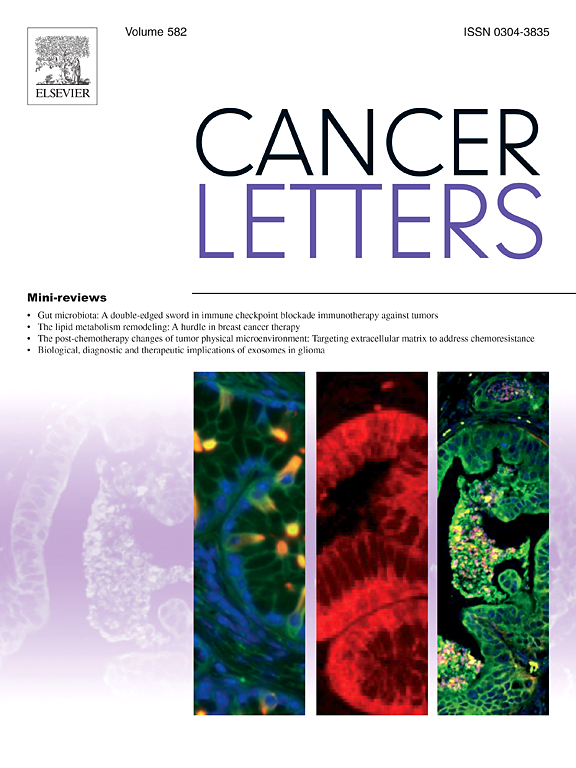Evaluation and integration of cell-free DNA signatures for detection of lung cancer
Abstract
Cell-free DNA (cfDNA) analysis has shown potential in detecting early-stage lung cancer based on non-genetic features. To distinguish patients with lung cancer from healthy individuals, peripheral blood were collected from 926 lung cancer patients and 611 healthy individuals followed by cfDNA extraction. Low-pass whole genome sequencing and targeted methylation sequencing were conducted and various features of cfDNA were evaluated. With our customized algorithm using the most optimal features, the ensemble stacked model was constructed, called ESim-seq (Early Screening tech with Integrated Model). In the independent validation cohort, the ESim-seq model achieved an area under the curve (AUC) of 0.948 (95 % CI: 0.915–0.981), with a sensitivity of 79.3 % (95 % CI: 71.5–87.0 %) across all stages at a specificity of 96.0 % (95 % CI: 90.6–100.0 %). Specifically, the sensitivity of the ESim-seq model was 76.5 % (95 % CI: 67.3–85.8 %) in stage I patients, 100 % (95 % CI: 100.0–100.0 %) in stage II patients, 100 % (95 % CI: 100.0–100.0 %) in stage III patients and 87.5 % (95 % CI: 64.6%–100.0 %) in stage IV patients in the independent validation cohort. Besides, we constructed LCSC model (Lung Cancer Subtype multiple Classification), which was able to accurately distinguish patients with small cell lung cancer from those with non-small cell lung cancer, achieving an AUC of 0.961 (95 % CI: 0.949–0.957). The present study has established a framework for assessing cfDNA features and demonstrated the benefits of integrating multiple features for early detection of lung cancer.

 求助内容:
求助内容: 应助结果提醒方式:
应助结果提醒方式:


